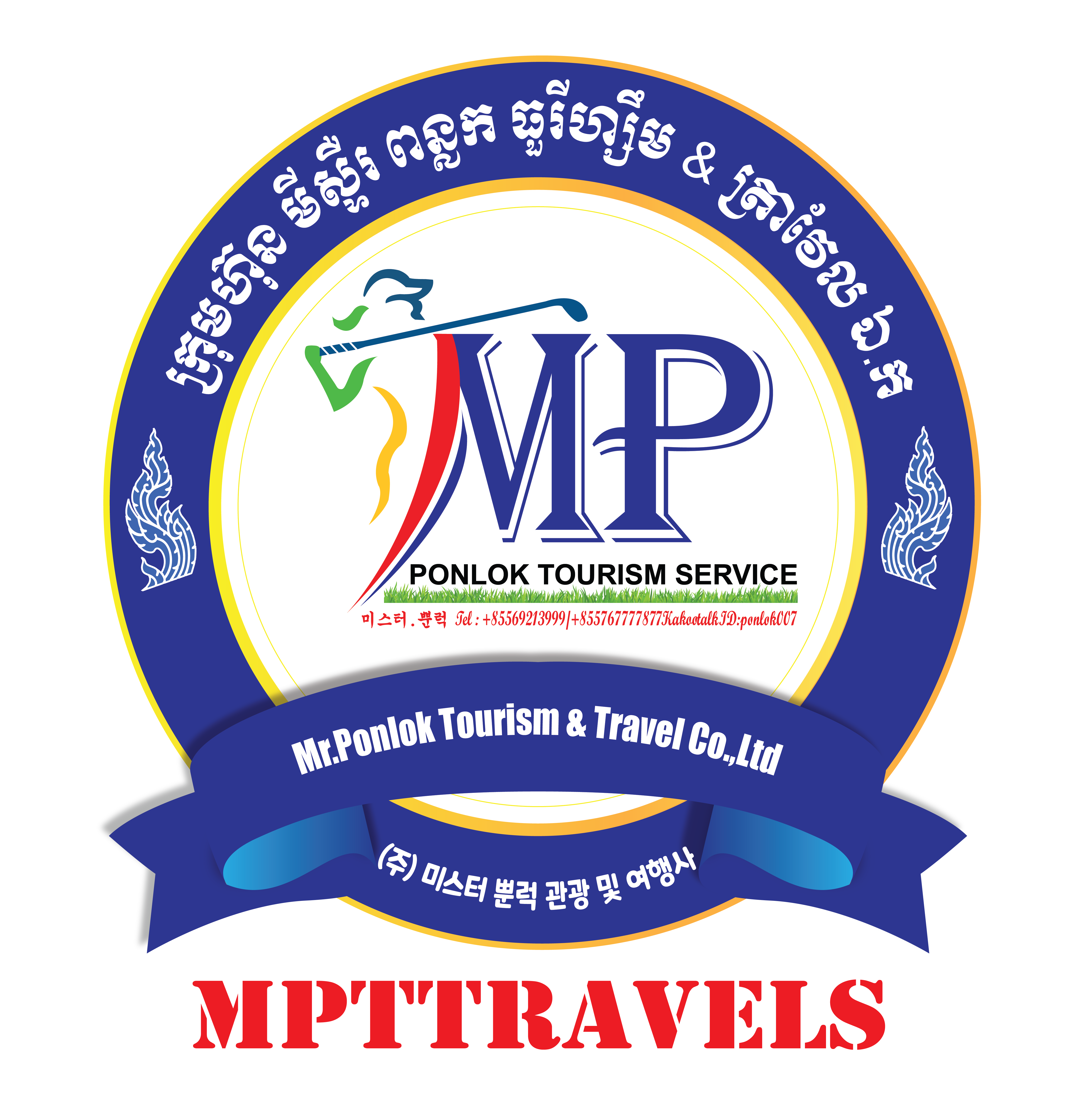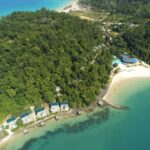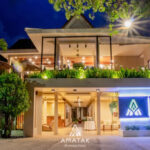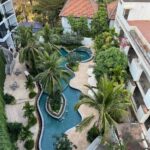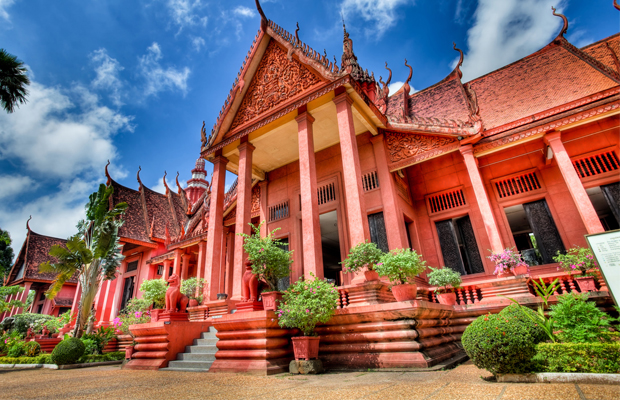
(+855) 69 213 999
- Home
- Car Rental
- Hotel
- Golf
- Air Tickets
- Inbound Tour
- Outbound Tour
- Package Tour
- PHNOM PENH GOLF COURSE 3N4D
- PHNOM PENH GOLF COURSE 4N5D
- PHNOM PENH GOLF COURSE 5N6D
- PHNOM PENH GOLF COURSE & SIEM REAP TOUR 5N6D
- PHNOM PENH GOLF COURSE & SIHANOUK VILLE TOUR 5N6D
- Phnom Penh Capital City & Siem Reap Tour 2N 3D
- Phnom Penh Golf Course & SIEM REAP Tour VIP 5N 6D
- Phnom Penh Tour
- Sihanoukville Tour
- Kep Tour
- Visa
- Contact Us
